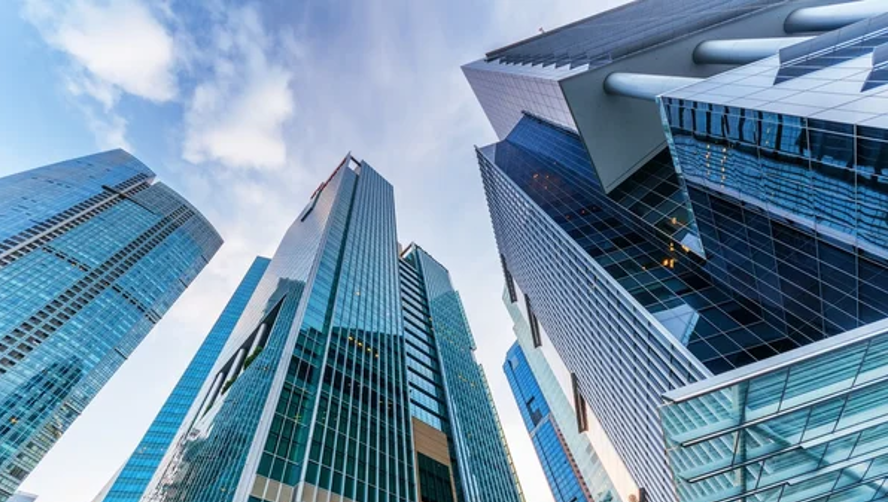
[30 May 2024] Unlocking Asset Value: Zero Carbon Design and embodied carbon optimization strategies
(Cancelled) [30 May 2024] Unlocking Asset Value: Zero Carbon Design and embodied carbon optimization strategies

[30 May 2024] Unlocking Asset Value: Zero Carbon Design and embodied carbon optimization strategies

WORKSHOP OVERVIEW
Understanding the intricacies of whole life carbon emissions – a lifecycle perspective – is essential to enhancing asset value, achieving net zero (and net zero enabled) buildings, and reducing costs. This session will introduce whole life carbon thinking and then deep dive into embodied carbon optimisation strategies from a structural engineering perspective. The following aspects will be covered:
· Articulating whole life carbon principles for zero carbon design
· Optimising embodied carbon to reduce upfront carbon emissions
· Utilising advanced computational design approach to improve design efficiency
· Conducting optioneering to identify the most sustainable and cost-effective solutions
· Showcasing Zero Carbon Design case studies
LEARNING OUTCOMES
1. Learn whole life carbon principles with a focus on embodied carbon and the strategic methods for reducing upfront embodied carbon associated with structural design.
2. Gain an appreciation of how efficient structural design contributes to the enhancement of asset value, sustainability and cost savings.
3. Understand the benefits of utilising advanced computational design approaches in structural engineering practices.
KNOWLEDGE PARTNER
Ms. Chaoming is a Chartered Structural Engineer with 17 years of consultancy experience and four years of research and specialist consulting experience in structural engineering and structural fire engineering. She brings a wealth of global knowledge and expertise, with a wide range of project design and management experience in Singapore, Southeast Asia, Hong Kong, Mainland China, Macau, UK, and Middle East.
Her project experience also spans a variety of sectors including airport, cruise terminal, railway stations, mixed-use developments, sports, hotels, offices, retail, museums, residential, and many others.
Chaoming currently leads the structural engineering services team at Cundall, Singapore. She is specialised in unconventional structural design, such as long-span structures, tall buildings and structures with complex geometry forms, and structural fire engineering. She has published several papers and books about her research and project experience.
Ticket Information
REDAS Member
$200 SGD
Non REDAS Members
$250 SGD
Event End Date May 30, 2024 06:32 PM
Registration Is Open Until May 30, 2024 06:32 PM
Brochure Download Brochure
Physical Address REDAS Boardroom: 190 Clemenceau Avenue, #07-01, Singapore Shopping Centre, Singapore 239924
You May Also Like
Loading recommendations...